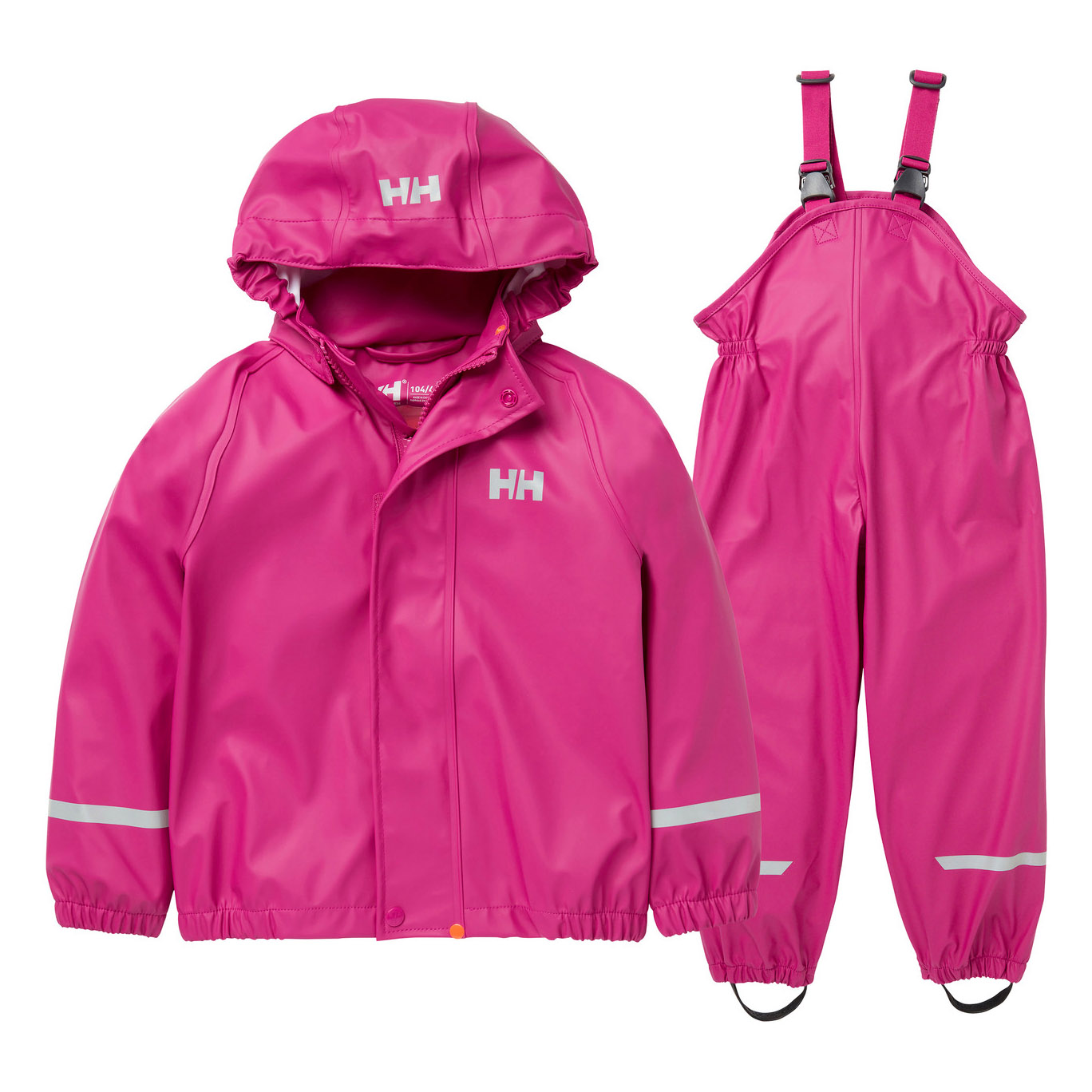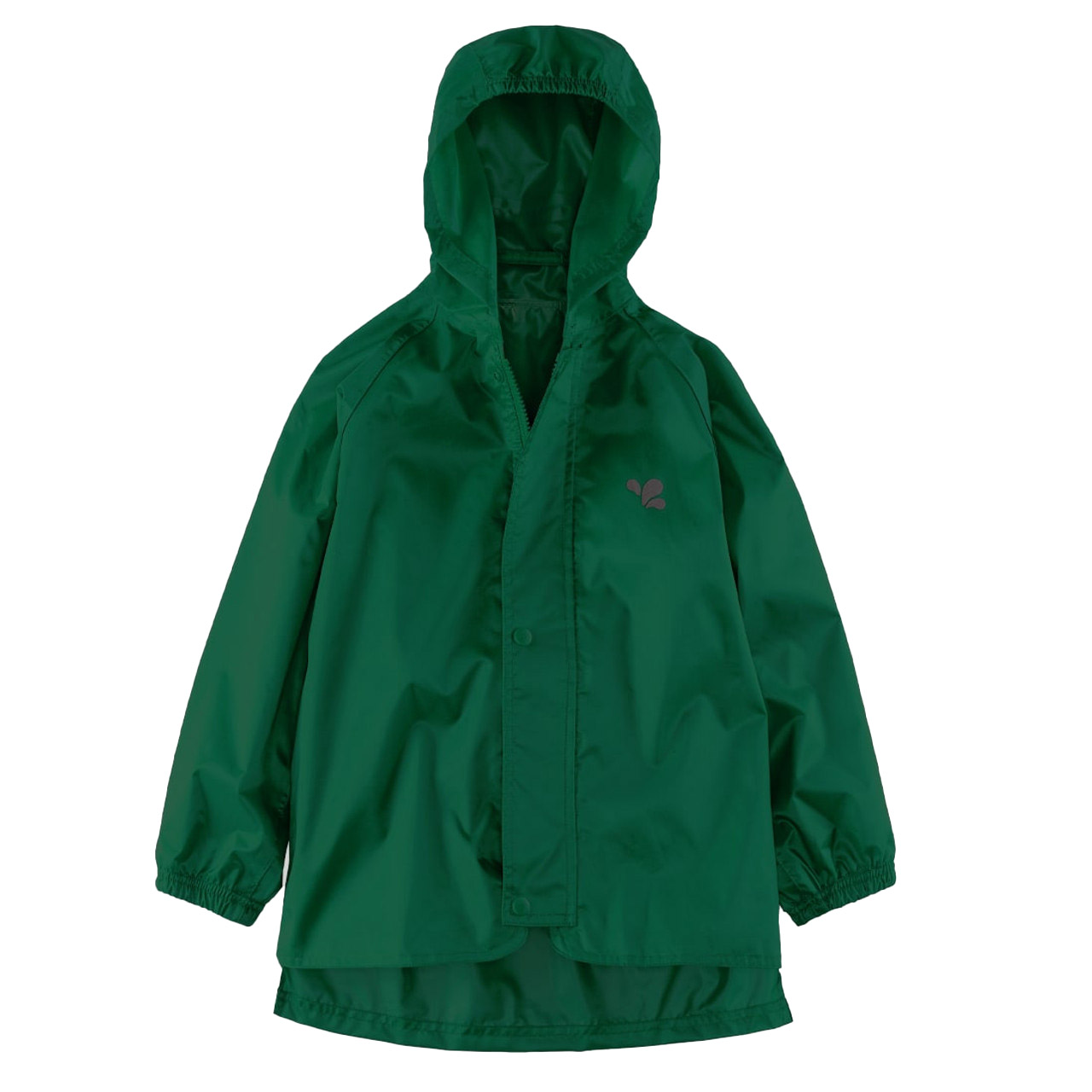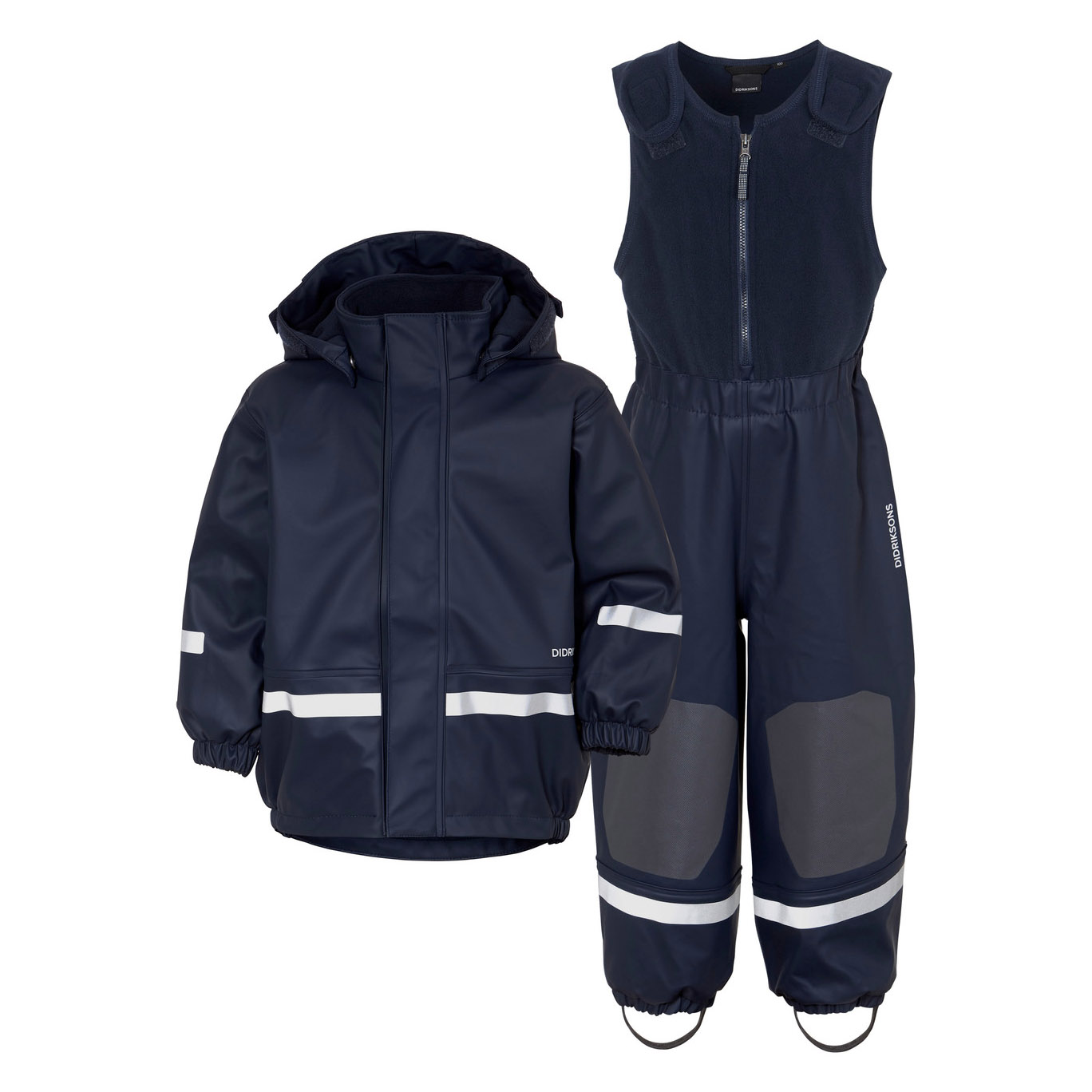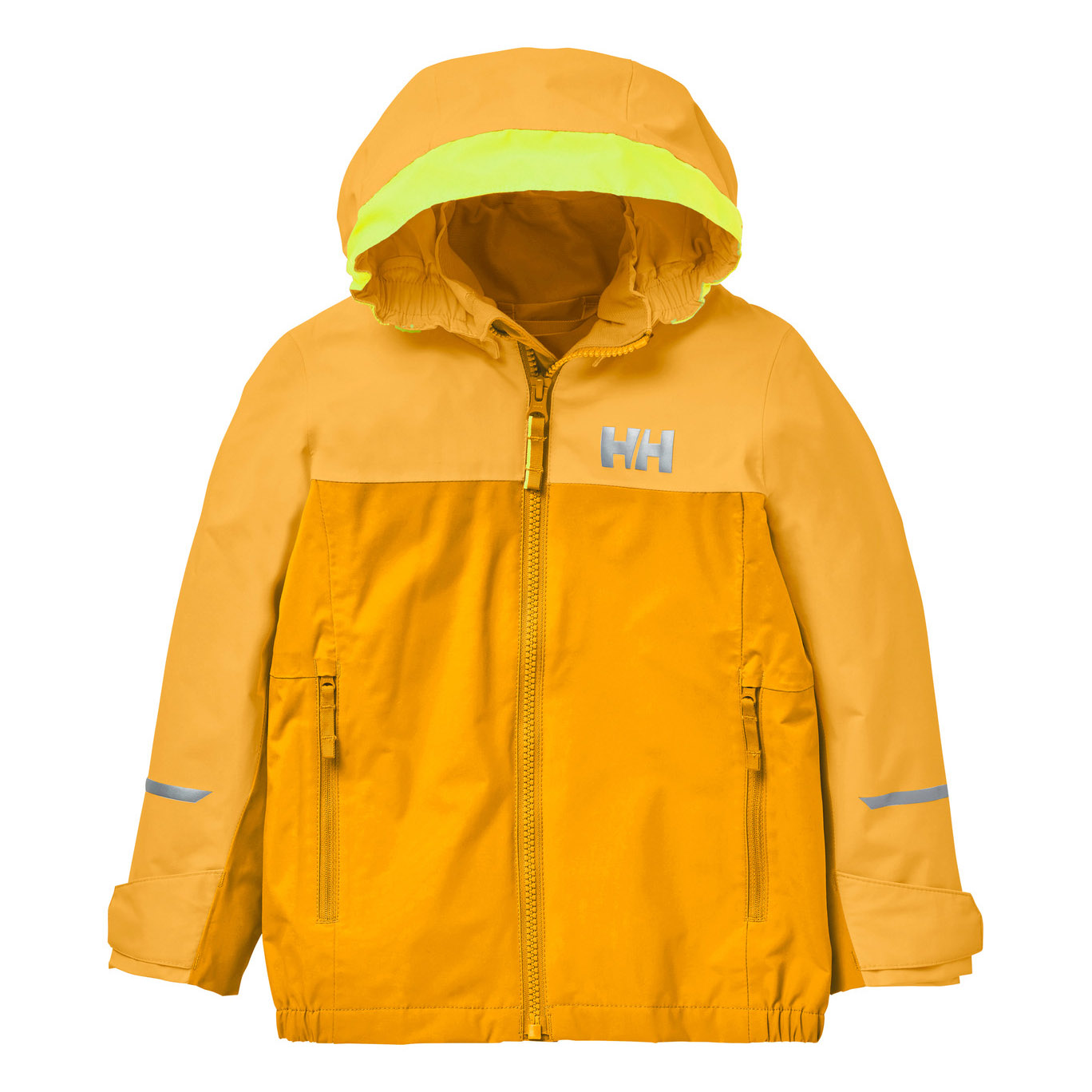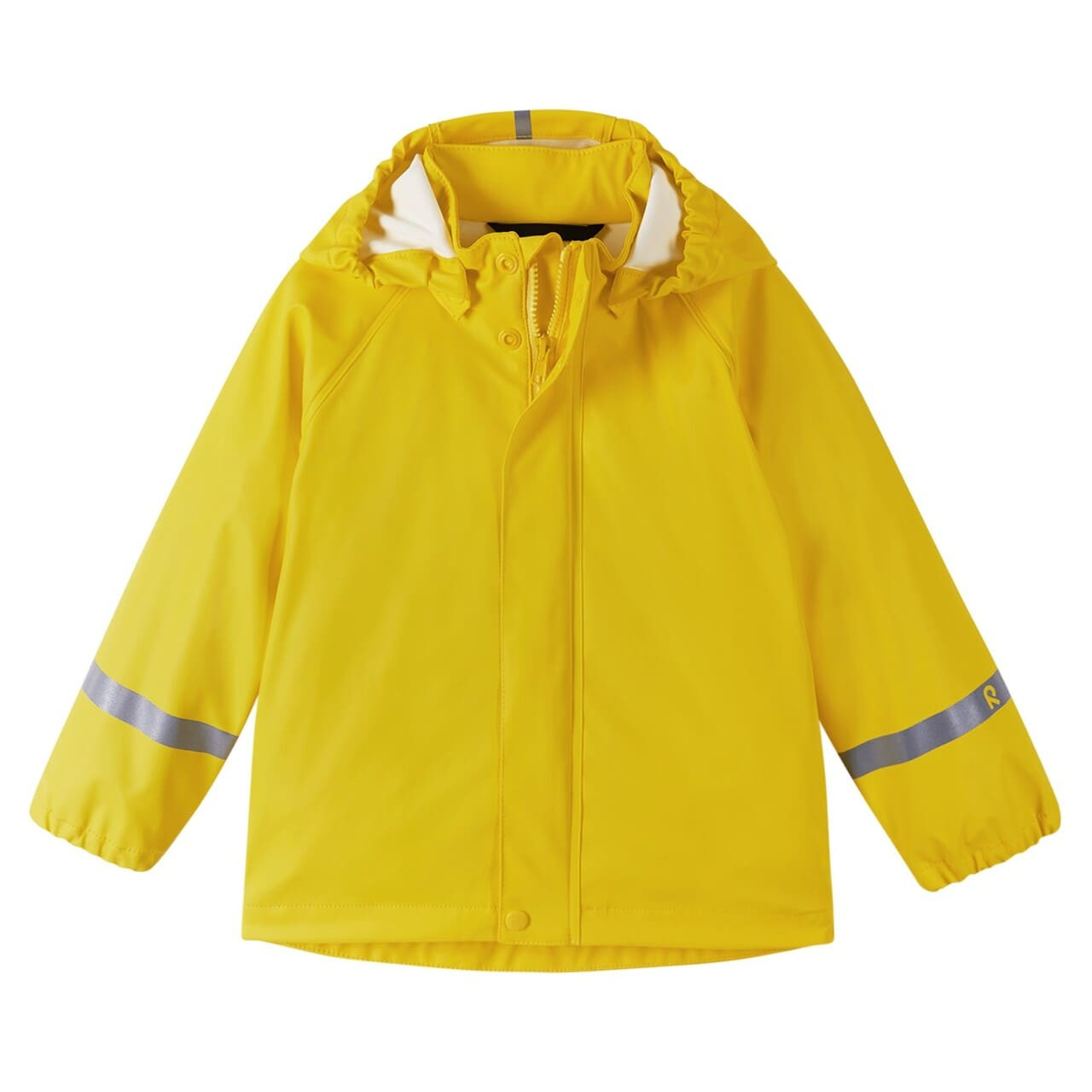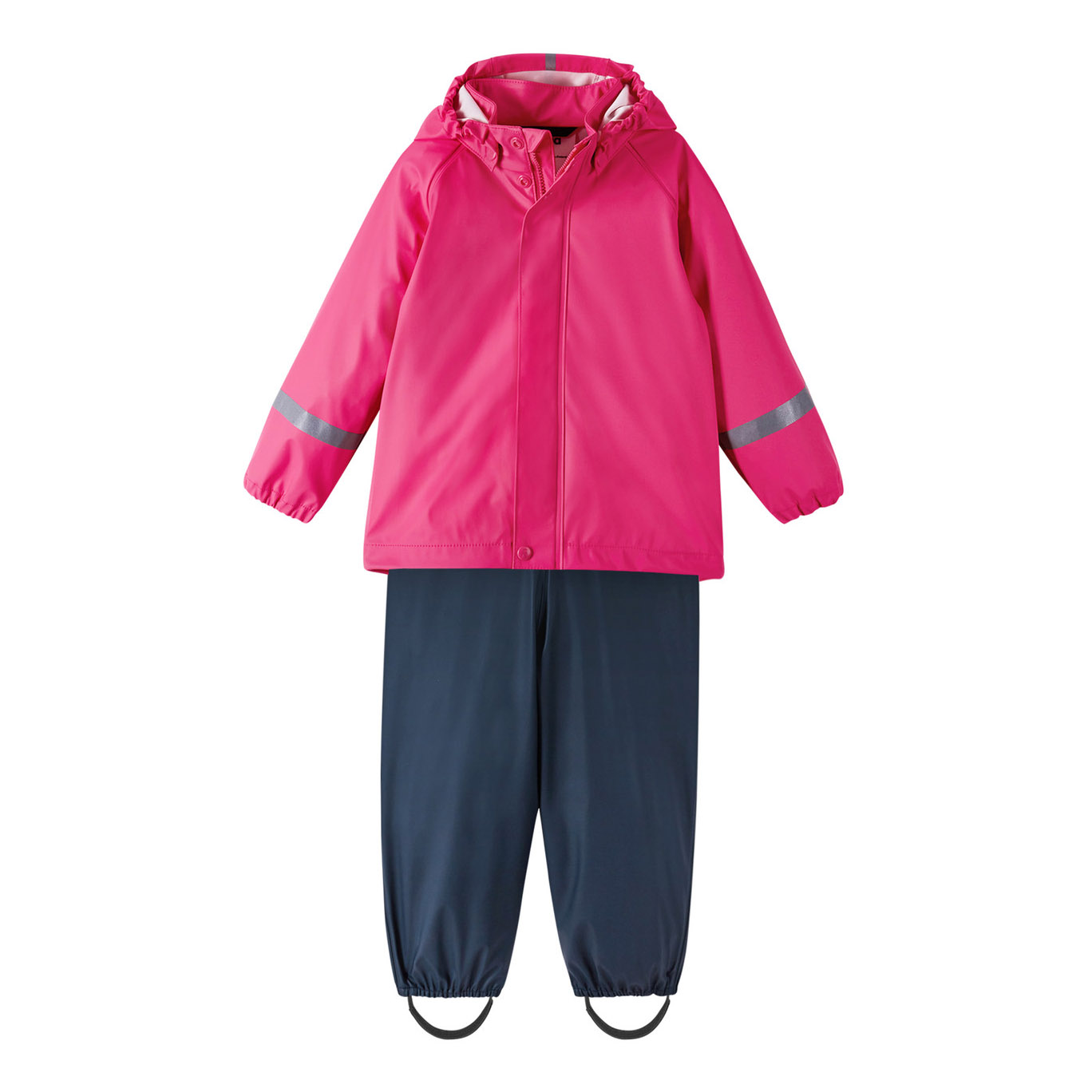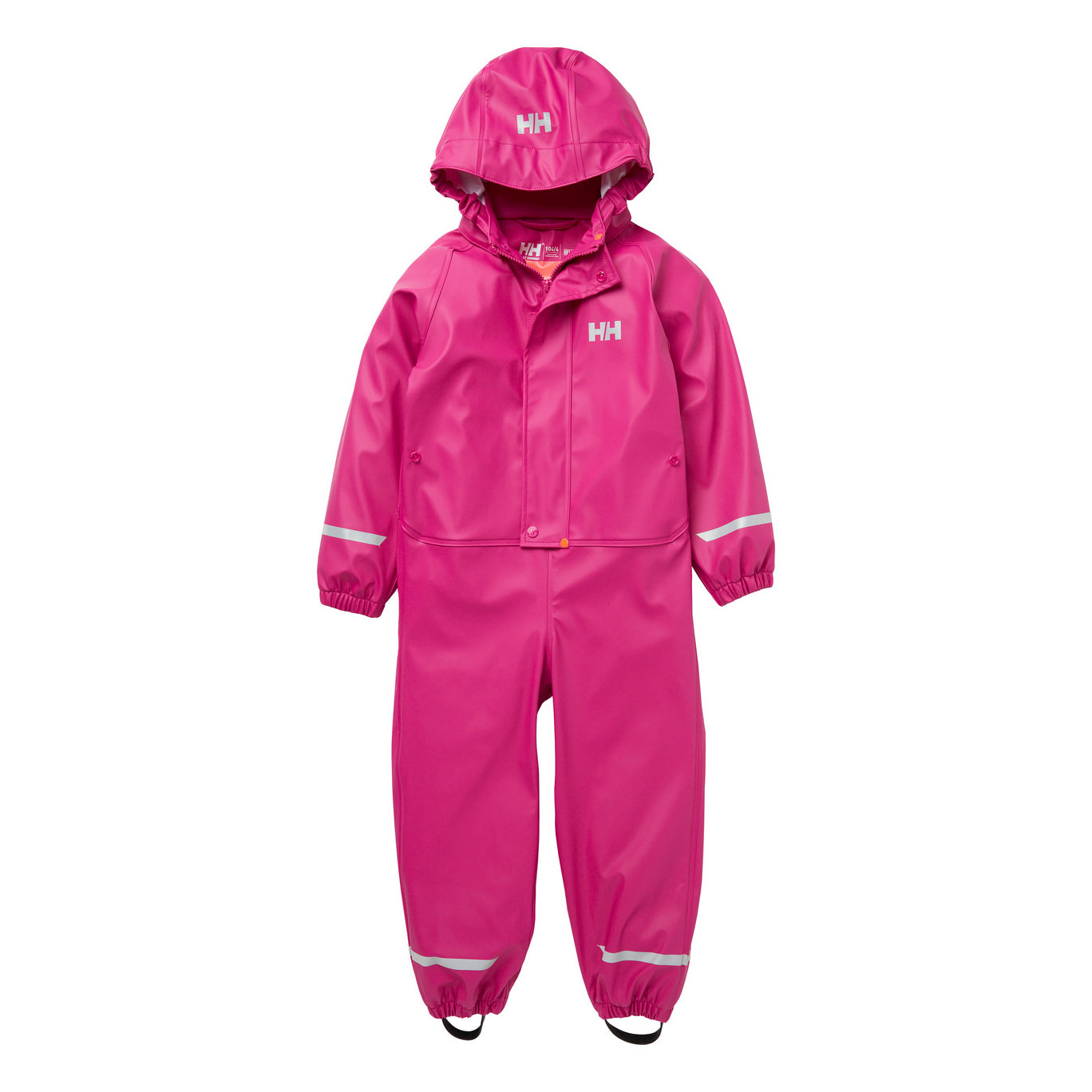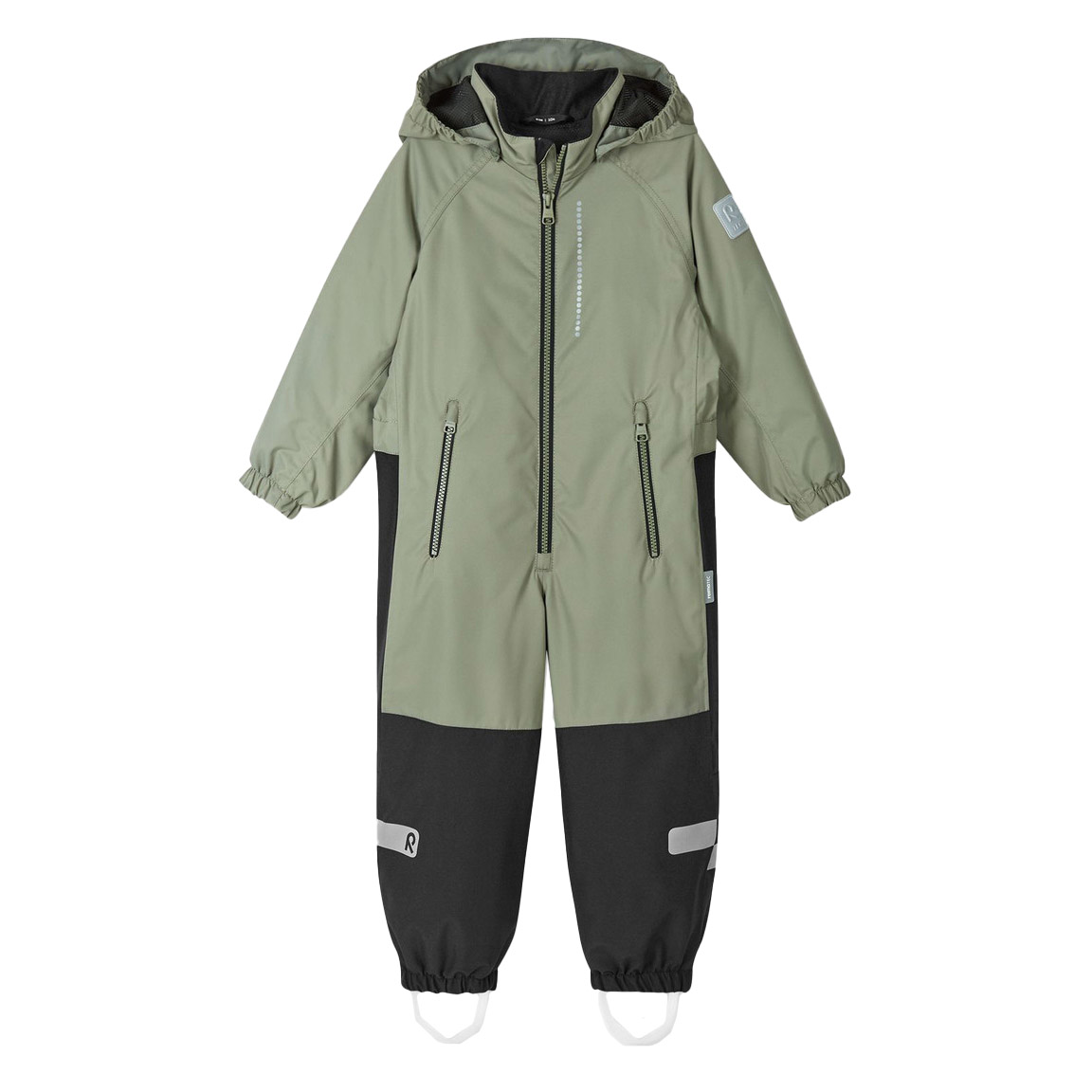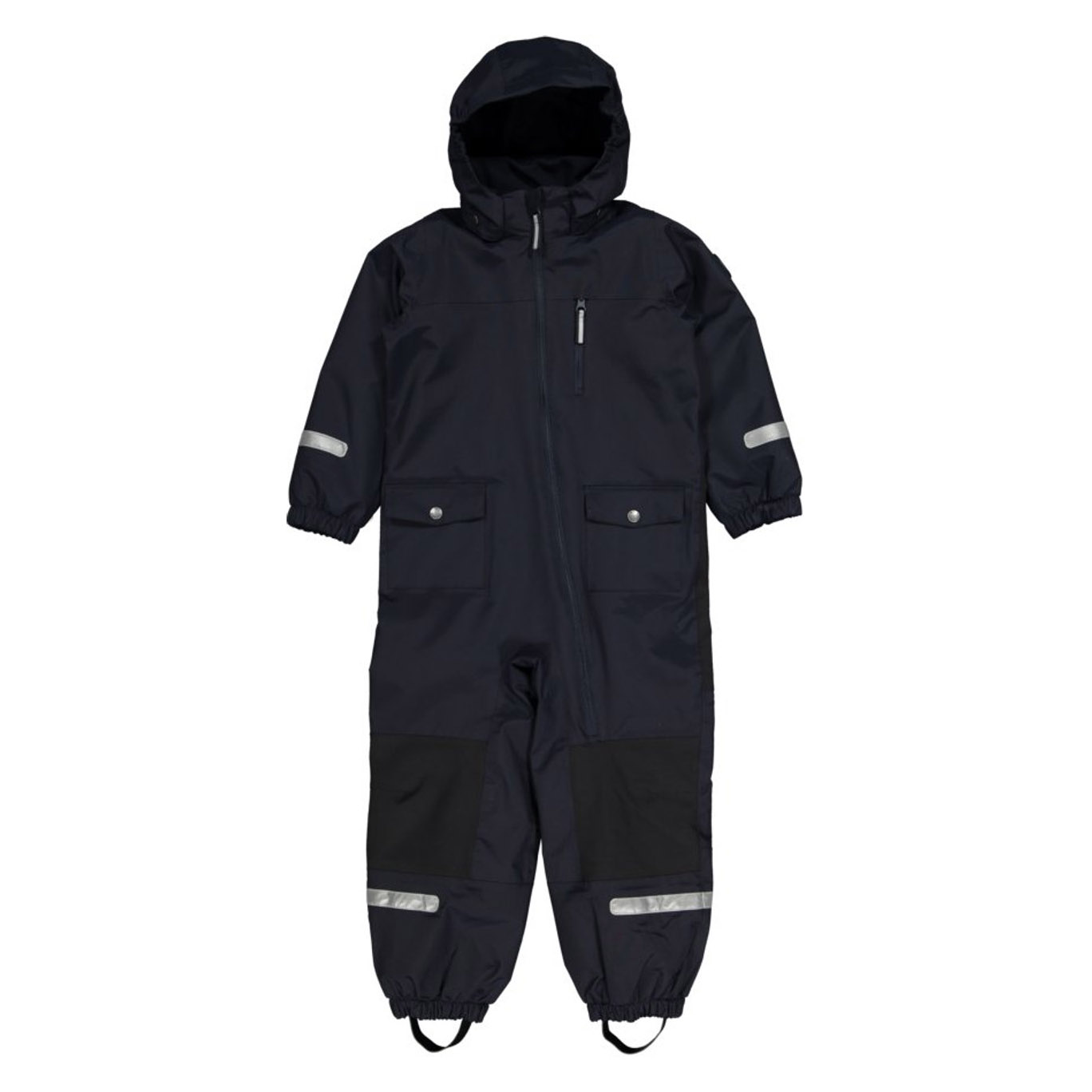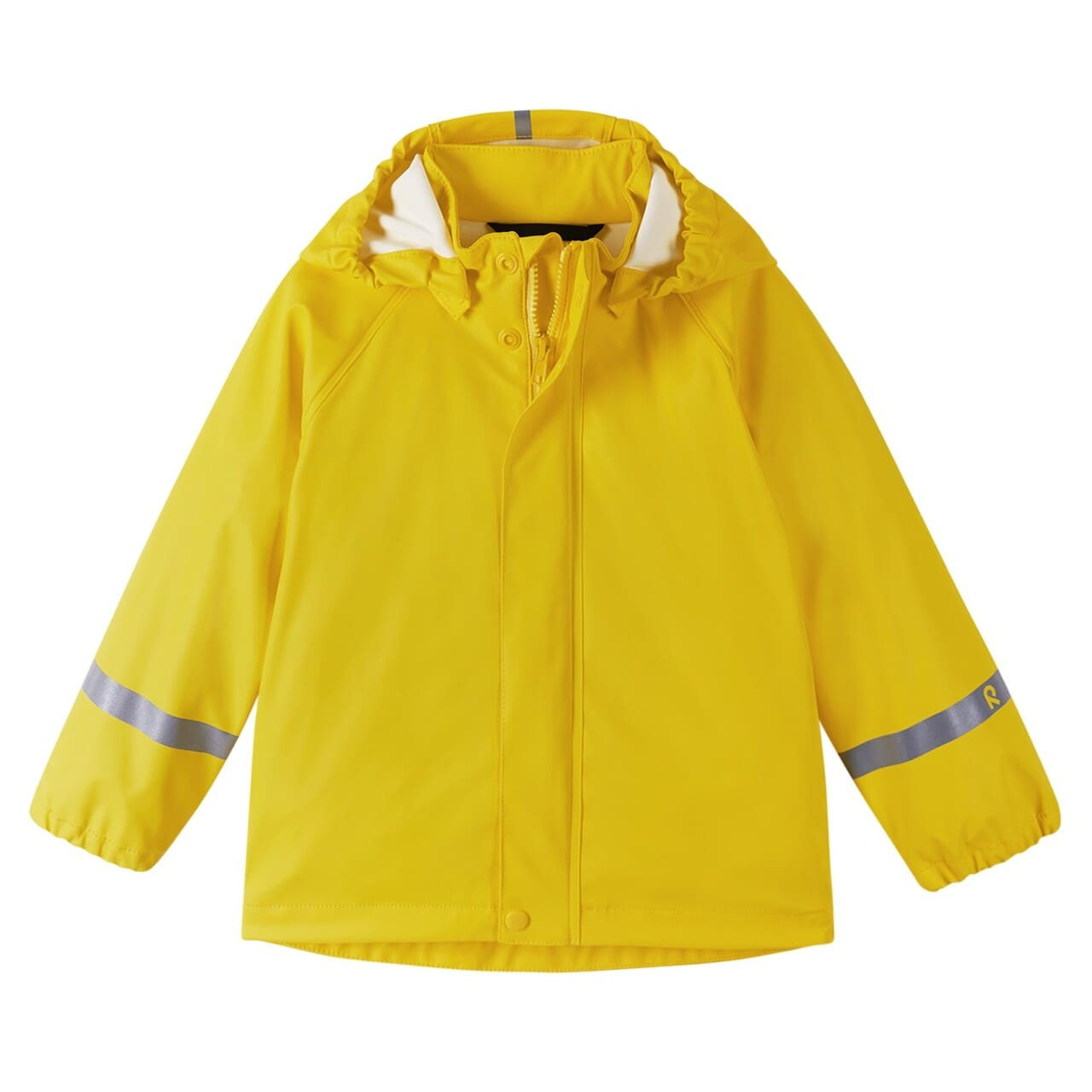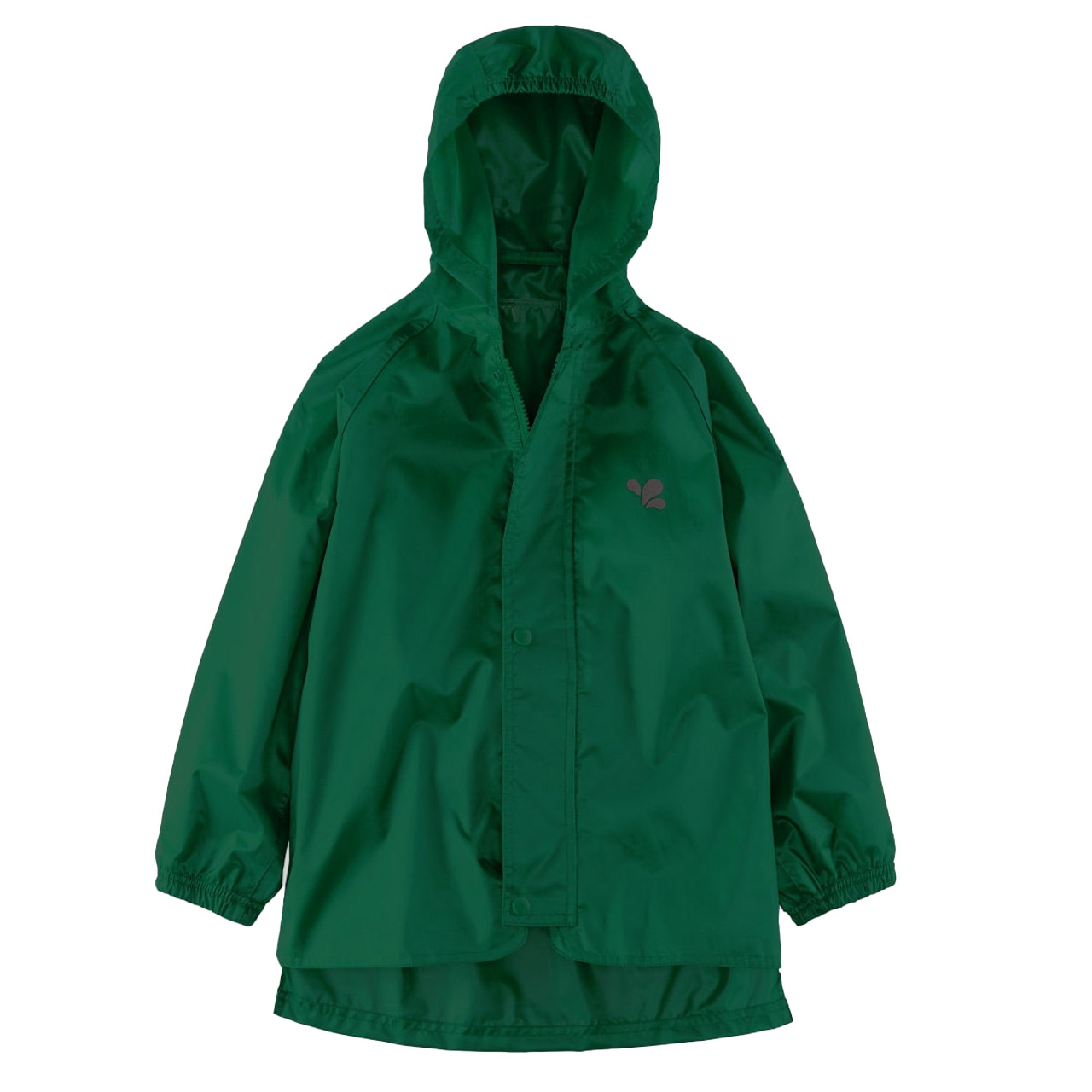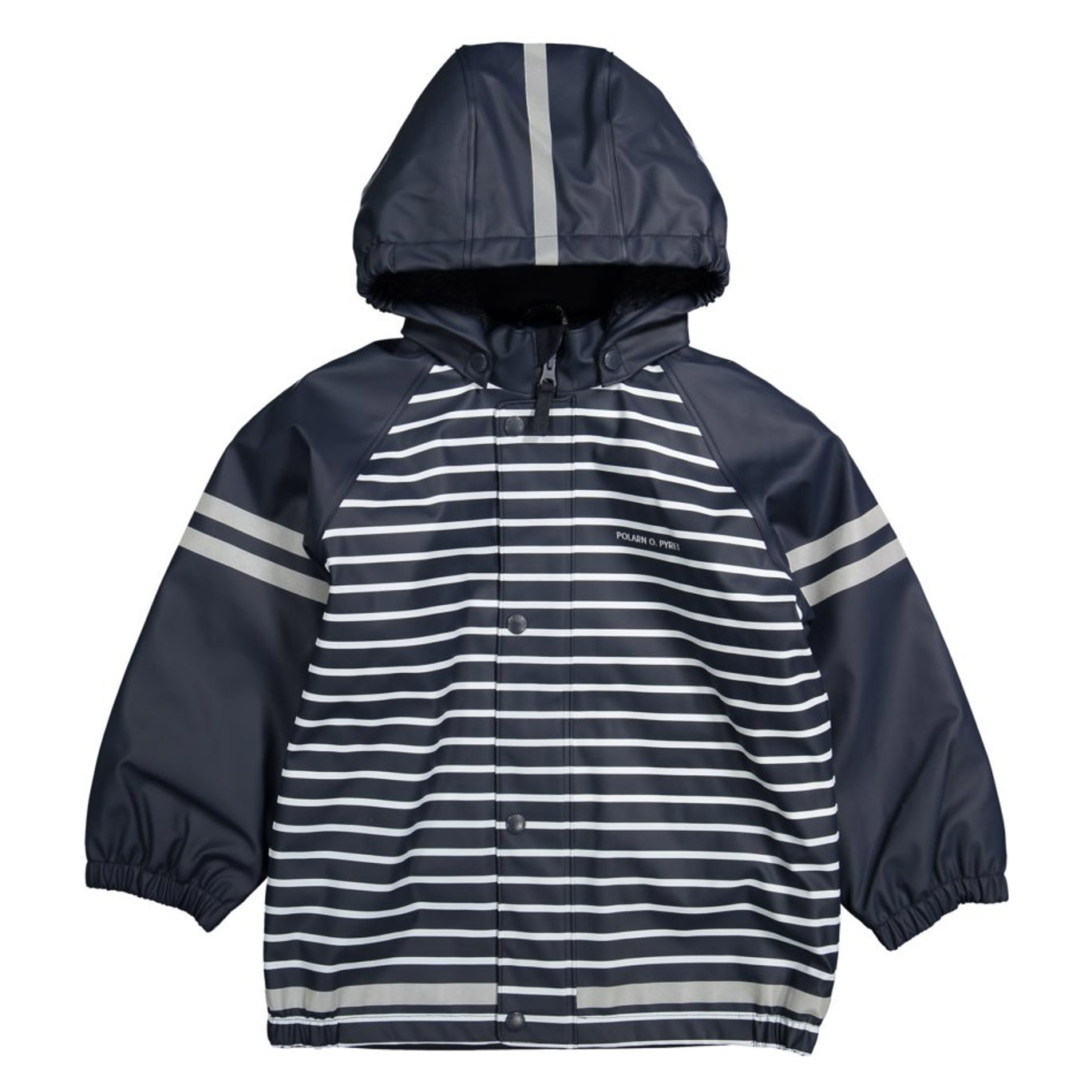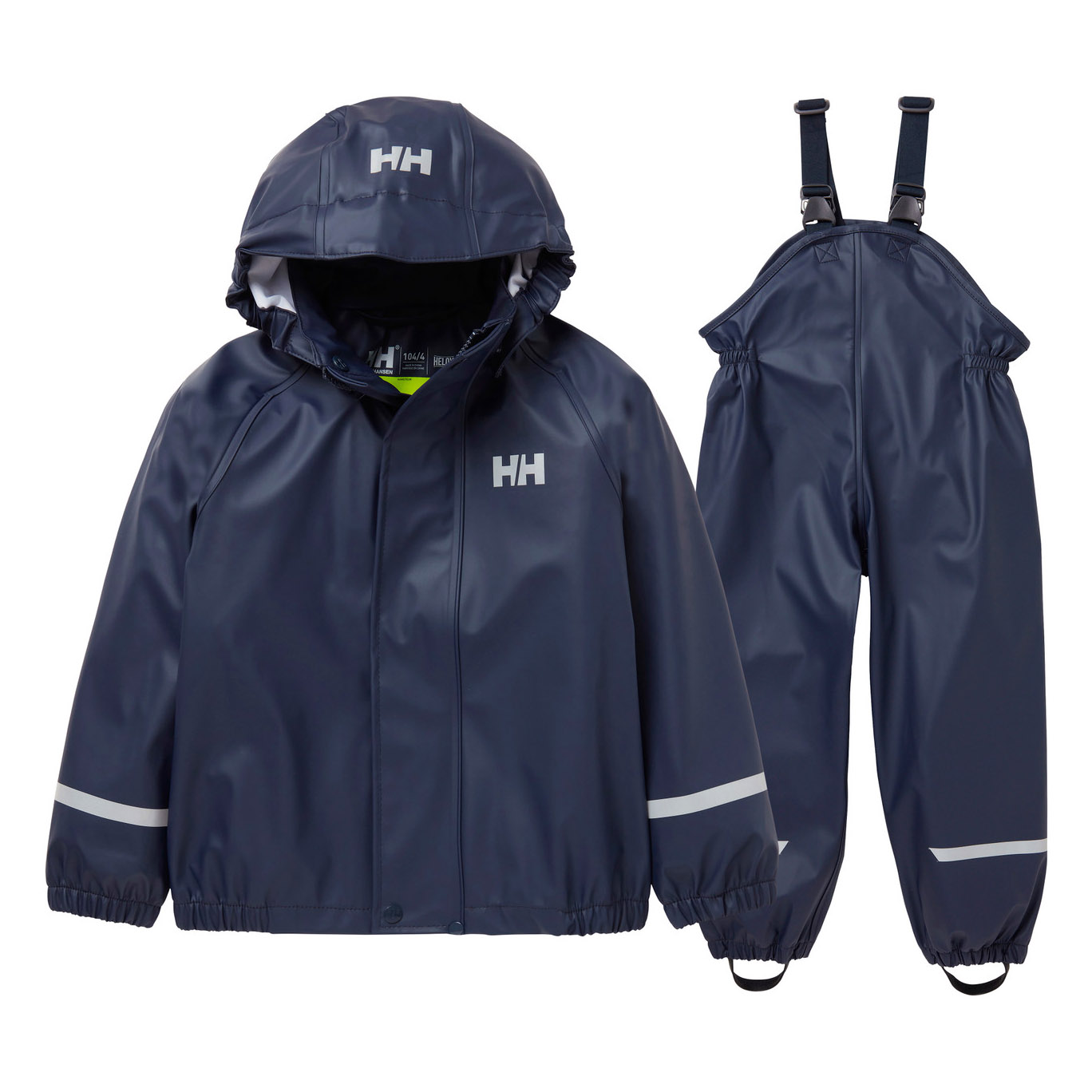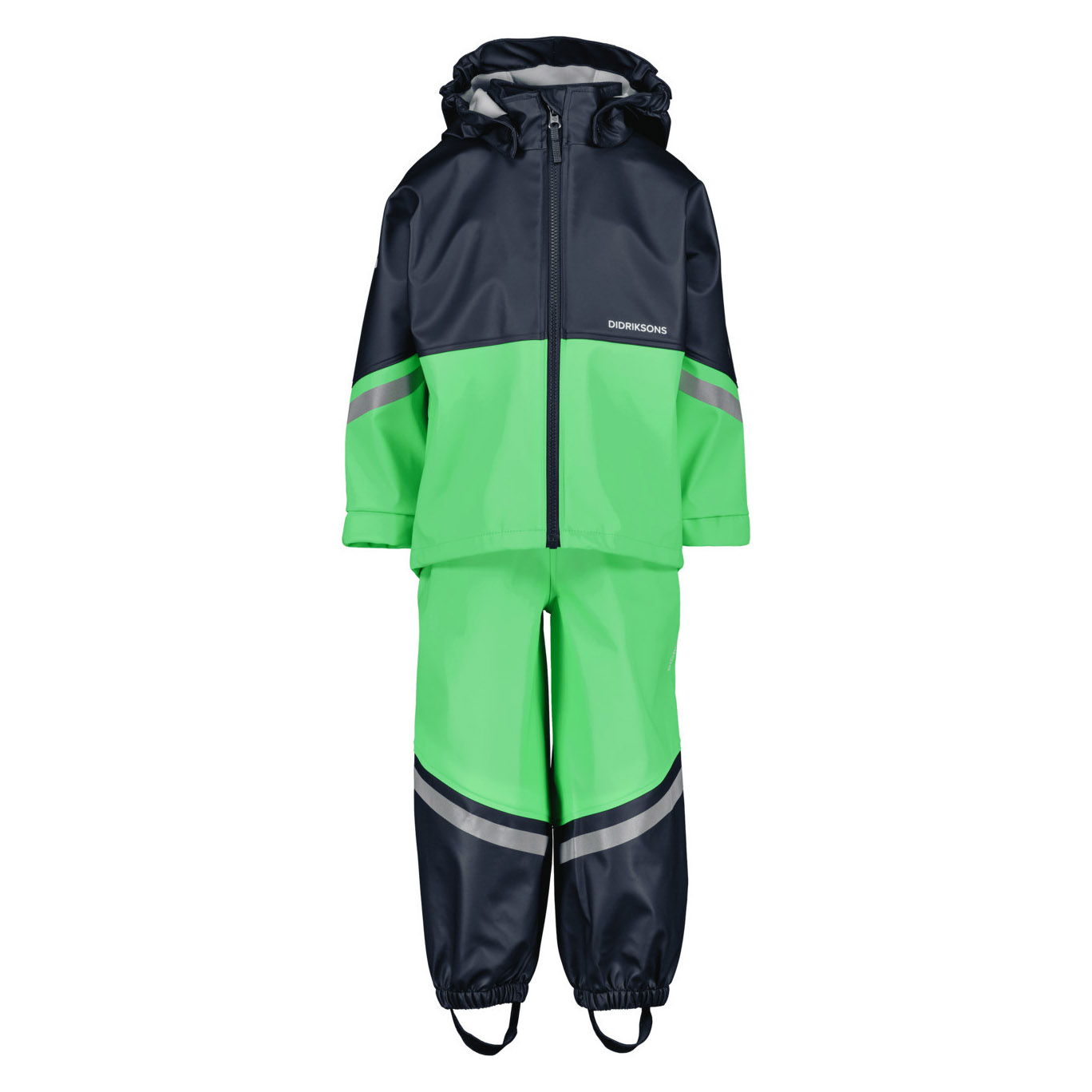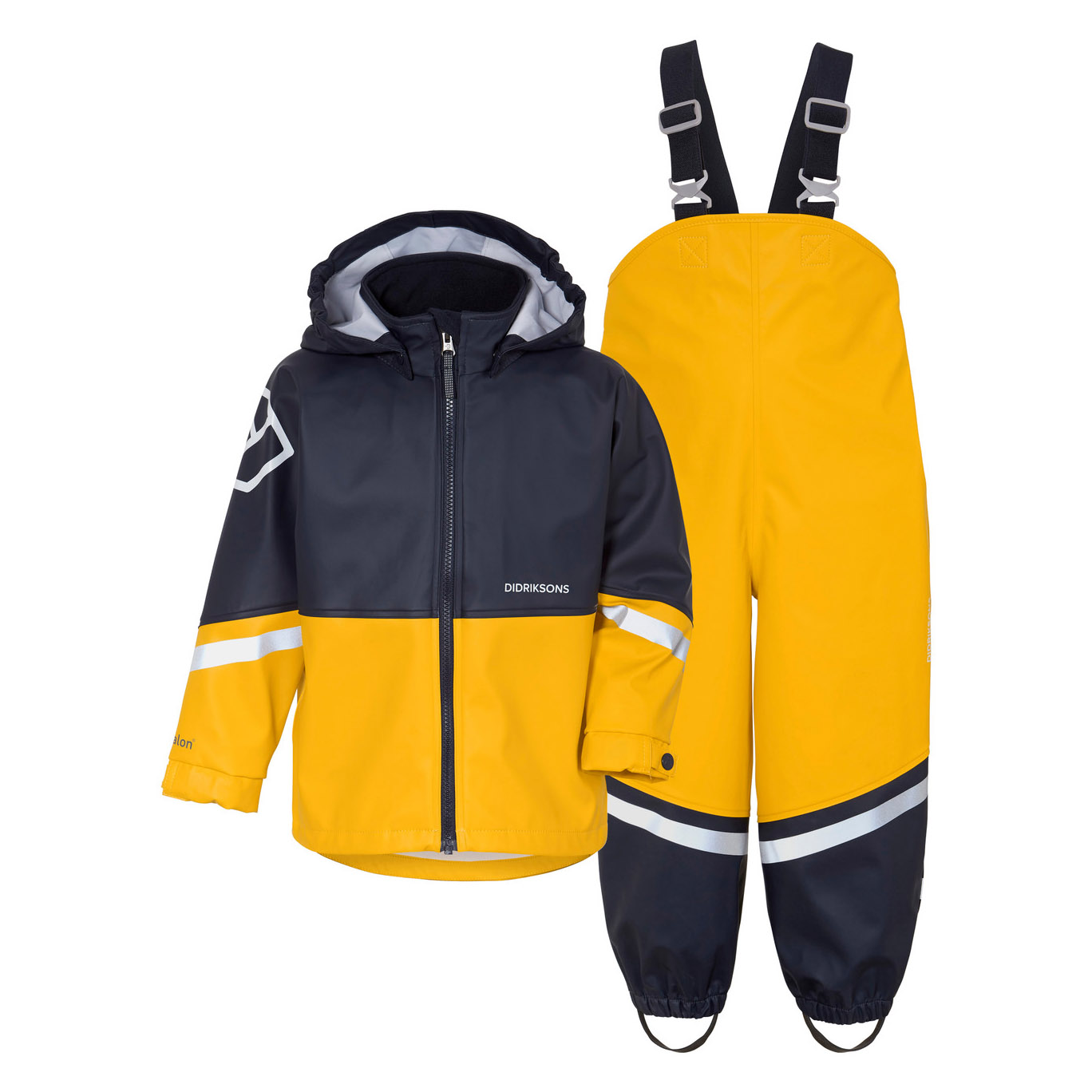Qualities Parents Should Look for in a Rain Jacket
- Use Case: The first question we like to ask at ODSS is what is your end use; how do you use your gear and what do you need your gear to do for you? Parents will need a different raincoat in the Pacific Northwest (PNW) then they will in the South. It's very important to think about what your jacket needs to provide to you. In the PNW, a parent would want something super waterproof so looking for a higher water column rating makes sense. In the South, a parent would want more breathability together with waterproofing and in Northern climates, a parent might choose a fleece lined rain coat to add insulation. We carry a rain jacket for every region at Outdoor School Shop and we are here for any parent that has questions.
- Durability: The durability aspect also hinges on the intended use. Do you have a child who thrives on climbing trees and exploring the forest floor, or one who prefers sticking to the trail? Parents of highly active children should prioritize high-durability gear, whereas those with less adventurous kids may not need to emphasize this as much. Raincoats often come with an "mm" rating denoting the water column, which indicates how long it takes for water to penetrate under pressure. A higher rating signifies superior waterproofing. Scandinavian brands are renowned for offering top-notch rainwear for kids. Moreover, features such as fully sealed or taped seams, storm flaps, and hoods provide additional protection against water infiltration.
- Material: There are two primary types of rainwear materials: PU rainwear and shell rainwear. PU rainwear embodies the slick, typical raincoat material often associated with fishermen. It boasts exceptional waterproofing, making it ideal for enduring all-day rain or indulging in puddle and mud play. However, it tends to lack breathability, potentially causing active children to feel hot and sweaty. On the other hand, shell rainwear offers high durability, weatherproofing, and breathability, owing to its layered technology. It serves as a versatile option, effectively shielding against both rain and wind. When selecting shell rainwear, it's essential to consider factors such as the water column rating and the number of layers for proper guidance. Traditional PU raincoats remain optimal for very wet environments and days characterized by rain or mud.
- Fit: To ensure the best fit for your child, measure their height. Many European brands utilize CM sizing, directly correlating to the child's height in centimeters (e.g., 90, 98, 100, 104, 110). This method tends to be more precise than age-based sizing due to variations in children's heights. To assist you further, we've included a conversion chart on all product pages to facilitate the conversion of inches to centimeters.
- What to choose: A common dilemma parents face is whether to opt for a rain set, an all-in-one suit, or simply a jacket. Our recommendation is to carefully consider how and where your child will be using the gear. Based on our experience, full coverage options such as a suit or a combination of a jacket and rain pants tend to encourage kids to spend more time outdoors, leading to greater satisfaction. Rain bibs or pants offer year-round utility, keeping under layers dry and clean while also safeguarding clothing from mud and dirt on days devoid of rain. At ODSS, we emphasize the equal importance of rain pants alongside rain jackets. Both items can be crafted from either traditional PU rain material or shell, offering versatility to suit various preferences and needs.
- Further Guidance: If you require further assistance, feel free to reach out to us at Outdoor School Shop. We specialize in conducting thorough research, testing, and evaluation of gear tailored for children who spend extended periods outdoors, such as in forest school environments. We understand that navigating gear options can be perplexing—that's why we're here to help! Another useful metric to ponder is the cost per wear, which aids in justifying investments in higher-priced items known for their durability and superior performance. Opting for items that can be passed down or resold secondhand adds additional value to your purchase. Additionally, consider exploring gear with Extend-a-Size functionality, offering extended usability over multiple growth spurts. At ODSS, we offer a diverse range of styles featuring such innovative designs
Guidance to Properly Assess sizing when Buying a Raincoat for your Child.
At Outdoor School Shop, we advocate for using EU sizing. By utilizing the EU sizing provided by many brands, you measure your child's height rather than relying on their age as a guide. Children grow at different rates, so basing sizing on height reduces guesswork. To employ this method, measure your child's height and convert it from inches to CM. That CM height corresponds to their size. Voila! Alternatively, when selecting gear based on age, keep in mind that many Scandinavian and European brands tend to run larger, so buying their size can often feel like sizing up.
What Types of Raincoats can Act as a Transitional Jacket between Seasons?
We highly recommend the jacket by UK-based company Muddy Puddles. This jacket excels in melting snow and colder conditions, featuring a thick fleece lining. It's also an excellent option for year-round use near coastal areas due to its warmth and superb waterproofing. Our PUDDLEFLEX jacket is another fantastic choice, offering a transitional fleece-lined raincoat. For those preferring shell options, we love the Helly Hansen coat, perfect for enduring winter into spring with its exceptional waterproofing and windproofing capabilities. If you're in a warmer climate, consider the non-insulated version for optimal breathability, such as our SHELTER jacket. A quality fleece or technical fleece jacket is indispensable for shoulder seasons. Additionally, a pair of rain bibs proves versatile for year-round wear, keeping you clean during melting winter months and protecting against mud and dirt in the muddy summer season. Looking to embark on all-weather adventures but overwhelmed by the options? Start with these three items: rain bibs, rain mittens, and boots, forming the perfect outdoor adventure kit. Find them here: Outdoor Adventure Kit.
Answers to Common Questions when Shopping for Kids' Outerwear
The most frequent inquiry pertains to sizing. Sizing can indeed be challenging, so look for numerical indicators like 90, 100, 110, representing sizing in CM. Remember, measure your child's height and then convert it from inches to CM to determine their size. We consistently receive questions on how to dress kids for wet conditions, which we love answering! We've curated a selection of our favorite tested pieces for outdoor school adventures in our FAVORITES category. Feel free to reach out if you need assistance: Email: [email protected] or Instagram @outdoorschoolshop. Additionally, parents often inquire about nature-based and outdoor education and how to find suitable schools or programs nearby. We've compiled a handy directory to address this question: [ODSS DIRECTORY]. Finally, we're frequently asked about layering. Think of your jacket as the barrier from the weather—it doesn't have to be the warmest if it's fully wind and waterproof. Utilize a 1-2-3 layering method: start with a base layer in Merino wool or technical fabric, add a second (or mid) layer in fleece, wool, or technical fabrics for extra warmth, and top it off with the outer layer designed to repel elements. Don't forget to layer up—your child's outer layer may not provide all the warmth they need, so ensure they're properly layered!


